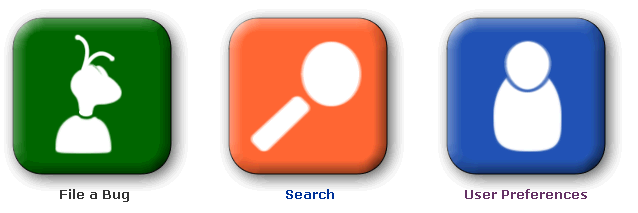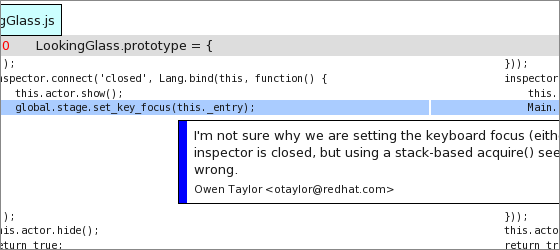Why gnome.org Rocks: Great bug tracking
4. June 2010
This article is part of a series of articles about why I feel gnome.org is a great home for your Open Source project.
Bug trackers are usually an annoying things. There are always more bugs than you can cope with at a specific time and it can become horrible to keep track of the important things. It is pretty difficult to keep bugs organized and often a lot of crap accumulates in your tracker.
In addition there is no real line between bugs, features, ideas, enhancements usually so keeping them in different places just causes distraction.
Simplicity
 From the start bugzilla.gnome.org provides you a with simple interface to just do your stuff, regardless if you are user or developers. It guides you through the steps necessary to file new bugs as well as hinting you how and where to find duplicates.
From the start bugzilla.gnome.org provides you a with simple interface to just do your stuff, regardless if you are user or developers. It guides you through the steps necessary to file new bugs as well as hinting you how and where to find duplicates.
It also provides a sane way for the bug squad and for developers to mark duplicates, move bugs between different modules, set dependencies of bugs and link bugs with external resources in other bug trackers.
Speaking of the bug squad: This is a ridiculous productive team of people helping you sorting out all the crap, duplicates and unclear bugs from your module. If you want to contribute to GNOME and don’t really now where to start, they always need help.
And not to forget about the highly configurable mail interface that gives you notifications of what happens to your bugs and your project.
Overview
This is one of the strongest points of the GNOME Bugzilla: It gives you a place to start from. You now that number of bugs, the bugs needing a comment, the unreviewed patches and most important the priority of the bugs around. I haven’t seen a single bug tracker providing this information in such a nice way.
Patch review
Kudos go to Owen Taylor here! Splinter is probably the best patch review tool around with an absolutely intuitive user interface. I allows you to quickly comment on patches and to help new contributors. This is especially important as the problems are usually the little things and that it is pretty annoying to explain everything when you could just add a simple annotation here and there.

